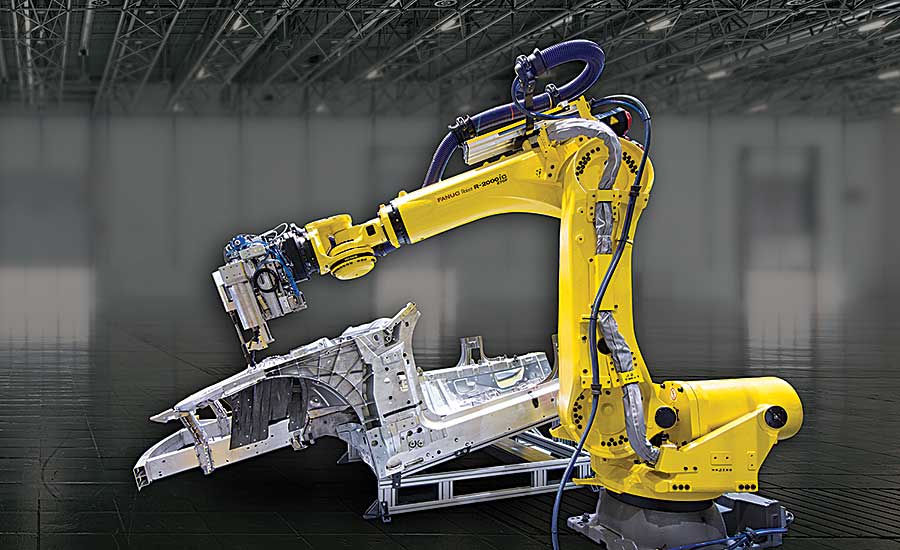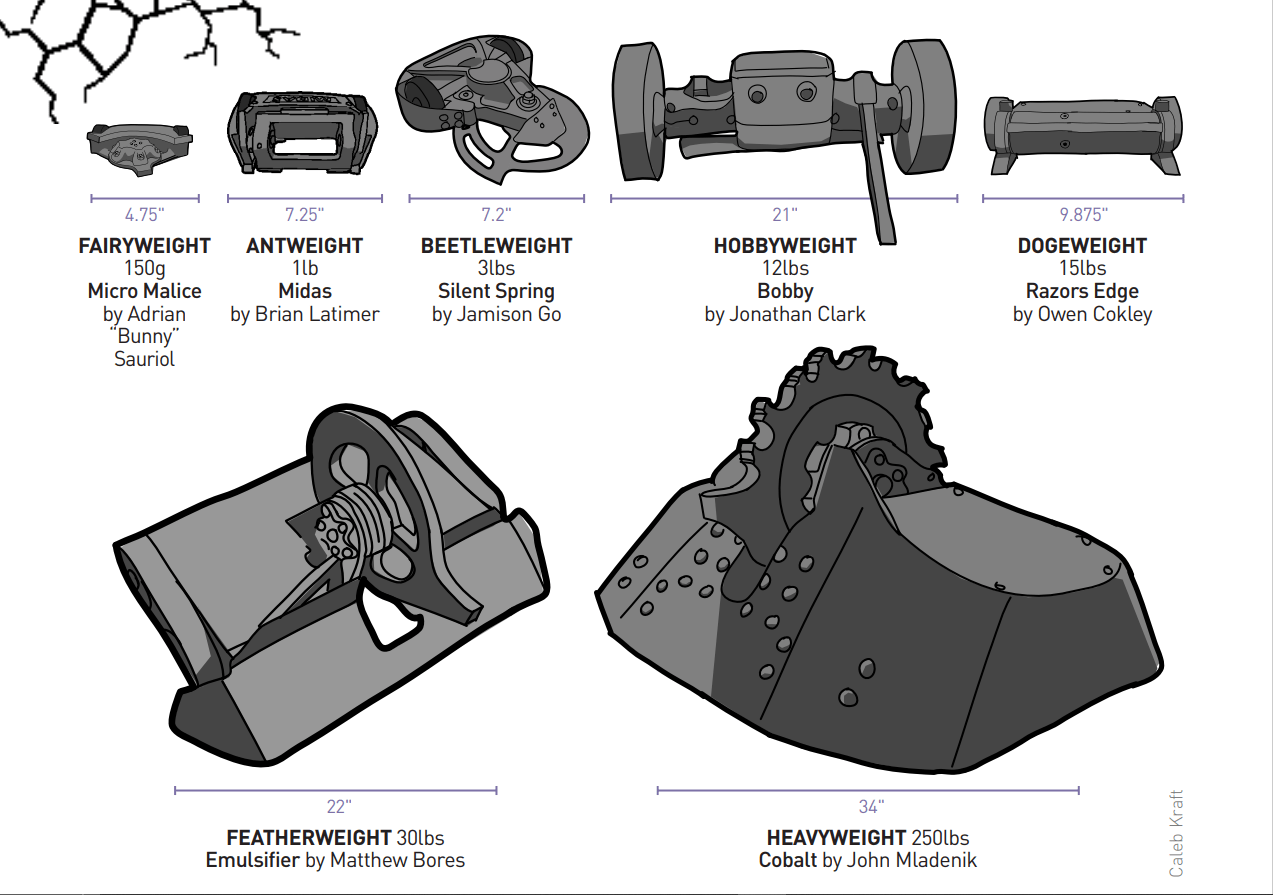How to Build a Big Robot for Heavy-Duty Tasks?
Robots have become an integral part of modern industrial processes, with many companies relying on them for heavy-duty tasks that require strength and precision. If you are looking to build a big robot that can handle such tasks efficiently, you’ve come to the right place. In this article, we will guide you through the process of designing and constructing a large robot that is up to the challenge.
Step 1: Define Your Requirements
The first step in building a big robot for heavy-duty tasks is to clearly define your requirements. What tasks do you want the robot to perform? What kind of payload capacity do you need? Will the robot operate in a specific environment? By answering these questions, you can create a detailed list of specifications that will guide the design process.
Step 2: Design the Robot
Once you have defined your requirements, it’s time to start designing the robot. Consider factors such as the robot’s size, shape, and mobility. You will also need to decide on the type of actuators, sensors, and control systems that will be used. Creating detailed sketches and models can help you visualize the final product and make any necessary adjustments.
Step 3: Gather Materials and Components
With the design in place, you can begin gathering the materials and components needed to build the robot. This may include metal frames, motors, sensors, batteries, and control boards. Make sure to source high-quality components that are capable of handling heavy loads and continuous operation.
Step 4: Assemble the Robot
Now comes the exciting part – assembling the robot. Follow your design plans carefully and pay attention to detail to ensure that all components are securely connected. Test the robot’s movements and functionalities at each stage of assembly to catch any errors early on.
Step 5: Program the Robot
Once the robot is fully assembled, it’s time to program its movements and behaviors. Depending on the complexity of the tasks the robot will perform, you may need to write code for various control algorithms and sensor interactions. Test the robot’s programming thoroughly to ensure that it operates smoothly and reliably.
Step 6: Test and Refine
After programming, it’s crucial to test the robot in real-world scenarios to identify any issues and make necessary refinements. This may involve adjusting the robot’s mechanics, tuning its sensors, or fine-tuning its control algorithms. Iterate on the design and programming until the robot meets your performance expectations.
Step 7: Deploy the Robot
Once you are satisfied with the robot’s performance, it’s time to deploy it for heavy-duty tasks. Monitor its operations closely and make any further improvements as needed. With proper maintenance and care, your big robot can continue to serve you efficiently for years to come.
Building a big robot for heavy-duty tasks is a challenging but rewarding endeavor. By following these steps and staying dedicated to your goal, you can create a powerful machine that will enhance your productivity and efficiency. Empower yourself with the knowledge and skills needed to design and construct robots that can tackle the toughest challenges.
How to Build a Big Robot for Heavy-Duty Tasks?
Robots have become an integral part of modern industrial processes, with many companies relying on them for heavy-duty tasks that require strength and precision. If you are looking to build a big robot that can handle such tasks efficiently, you’ve come to the right place. In this article, we will guide you through the process of designing and constructing a large robot that is up to the challenge.
Step 1: Define Your Requirements
The first step in building a big robot for heavy-duty tasks is to clearly define your requirements. What tasks do you want the robot to perform? What kind of payload capacity do you need? Will the robot operate in a specific environment? By answering these questions, you can create a detailed list of specifications that will guide the design process.
Step 2: Design the Robot
Once you have defined your requirements, it’s time to start designing the robot. Consider factors such as the robot’s size, shape, and mobility. You will also need to decide on the type of actuators, sensors, and control systems that will be used. Creating detailed sketches and models can help you visualize the final product and make any necessary adjustments.
Step 3: Gather Materials and Components
With the design in place, you can begin gathering the materials and components needed to build the robot. This may include metal frames, motors, sensors, batteries, and control boards. Make sure to source high-quality components that are capable of handling heavy loads and continuous operation.
Step 4: Assemble the Robot
Now comes the exciting part – assembling the robot. Follow your design plans carefully and pay attention to detail to ensure that all components are securely connected. Test the robot’s movements and functionalities at each stage of assembly to catch any errors early on.
Step 5: Program the Robot
Once the robot is fully assembled, it’s time to program its movements and behaviors. Depending on the complexity of the tasks the robot will perform, you may need to write code for various control algorithms and sensor interactions. Test the robot’s programming thoroughly to ensure that it operates smoothly and reliably.
Step 6: Test and Refine
After programming, it’s crucial to test the robot in real-world scenarios to identify any issues and make necessary refinements. This may involve adjusting the robot’s mechanics, tuning its sensors, or fine-tuning its control algorithms. Iterate on the design and programming until the robot meets your performance expectations.
Step 7: Deploy the Robot
Once you are satisfied with the robot’s performance, it’s time to deploy it for heavy-duty tasks. Monitor its operations closely and make any further improvements as needed. With proper maintenance and care, your big robot can continue to serve you efficiently for years to come.
Building a big robot for heavy-duty tasks is a challenging but rewarding endeavor. By following these steps and staying dedicated to your goal, you can create a powerful machine that will enhance your productivity and efficiency. Empower yourself with the knowledge and skills needed to design and construct robots that can tackle the toughest challenges.



